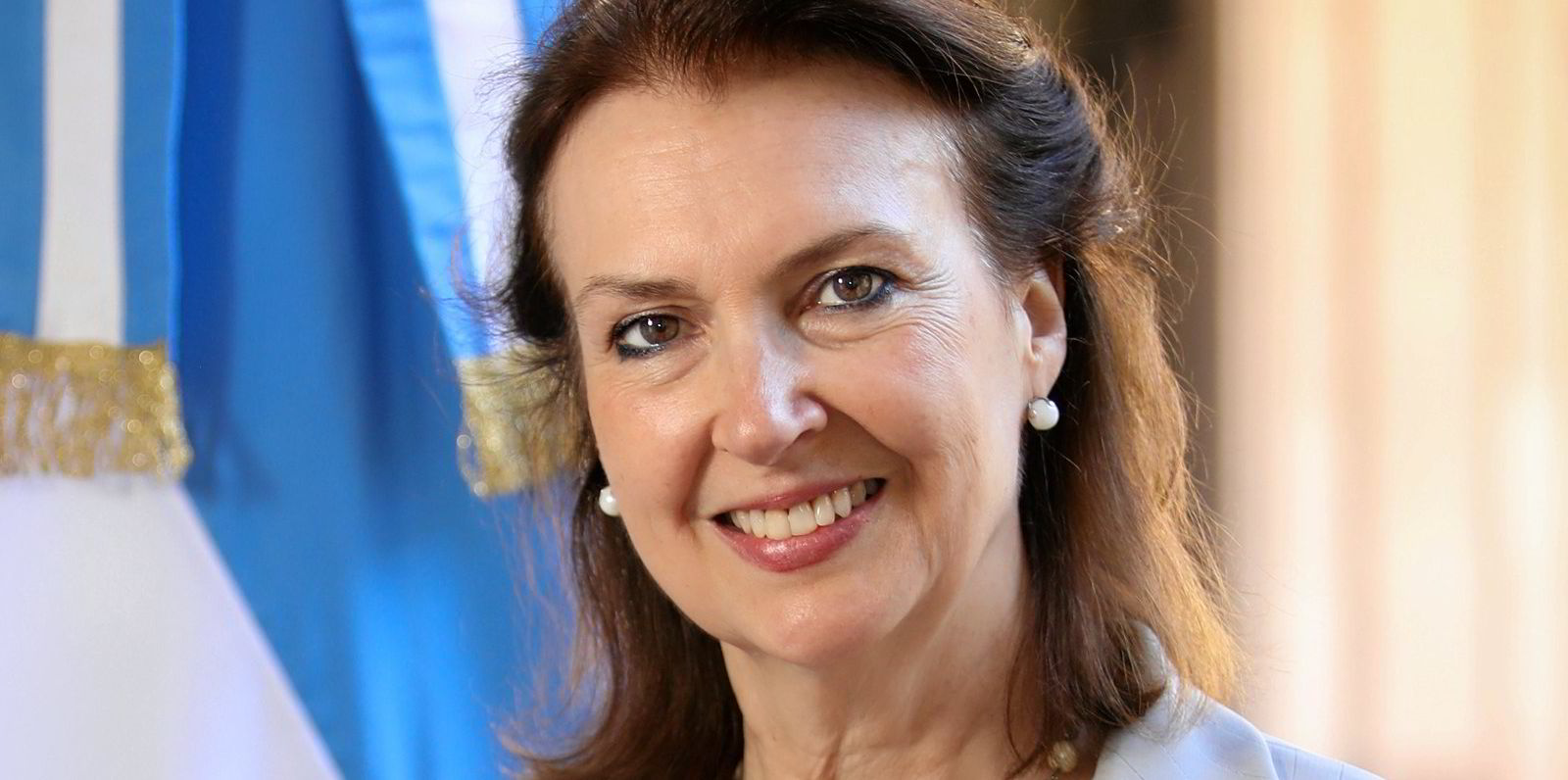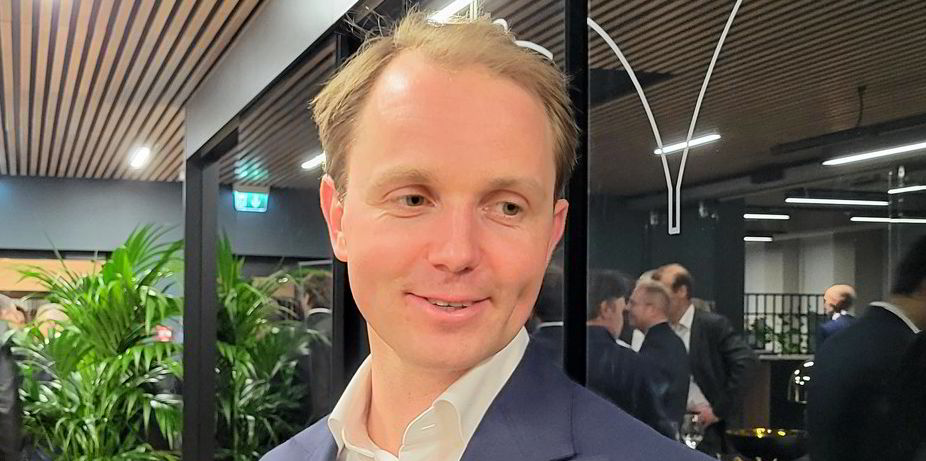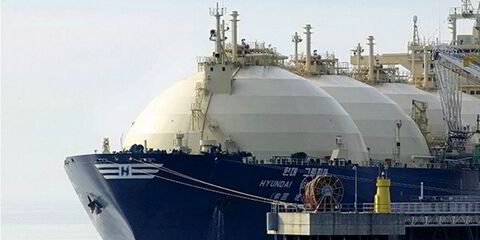Malaysia’s Petronas and Argentinian partner YPF have invited companies to offer in on the initial design work for a planned floating LNG production unit.
Shipbuilding sources said the two state energy companies have issued an invitation to tender to five companies for the front-end engineering and design (FEED) of an FLNG unit for Argentina.
The FEED work is for an LNG floater with 4 million to 4.5 million tonnes per annum of capacity. It also includes the onshore facilities.
Petronas and YPF have specified that the design should be suitable for two FLNG units.
Those competing for the work are said to include engineering companies Saipem, JGC and Technip, South Korean shipbuilder Samsung Heavy Industries and Wison Group in China.
Bids are due at the end of May.
Petronas is understood to be financing the FEED as YPF has budget constraints.
The competitive FEED work is scheduled to take about eight months, which those working on this type of business see as a relatively tight timeline.
In March, YPF revealed in a results presentation that it is reviving its plans to monetise Argentina’s Vaca Muerta gas reserves with a large FLNG-based project.
In September 2022, YPF signed a memorandum of understanding with Petronas to work together on an LNG project and other energy developments.
This week, minister of foreign affairs and worship of Argentina Diana Mondino was in Malaysia for talks with Petronas over the LNG project.
YPF is aiming to take a final investment decision by mid-2025.
The company plans to opt for a quick start-up by using an existing floater which would be operational by 2027.
Speculation is swirling about contenders for this job. Sources have told TradeWinds that Petronas’ 1.2 mpta PFLNG Satu (built 2016) unit is the top contender. The floater is currently deployed off Sabah state in east Malaysia.
YPF said that from 2029 to 2030 it would add new FLNG facilities, which would enable it to boost production by an additional 8 to 9 mtpa. Post-2030, onshore liquefaction modules would enable production to be increased by a further 15 to 20 mpta.
The energy company, which is 51% state-owned, said its target is to export between 25 and 30 mtpa of LNG from 2032 onwards.





